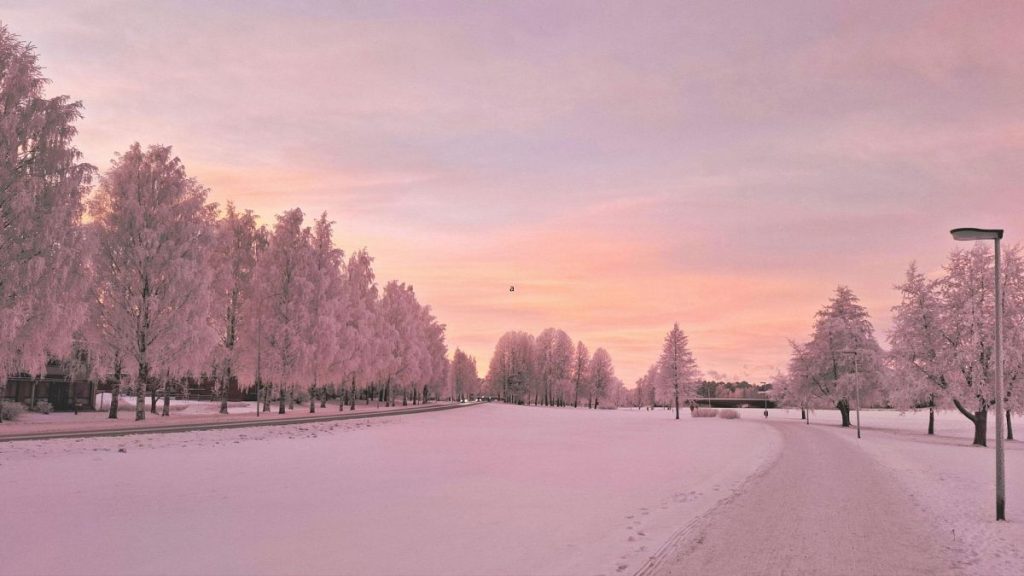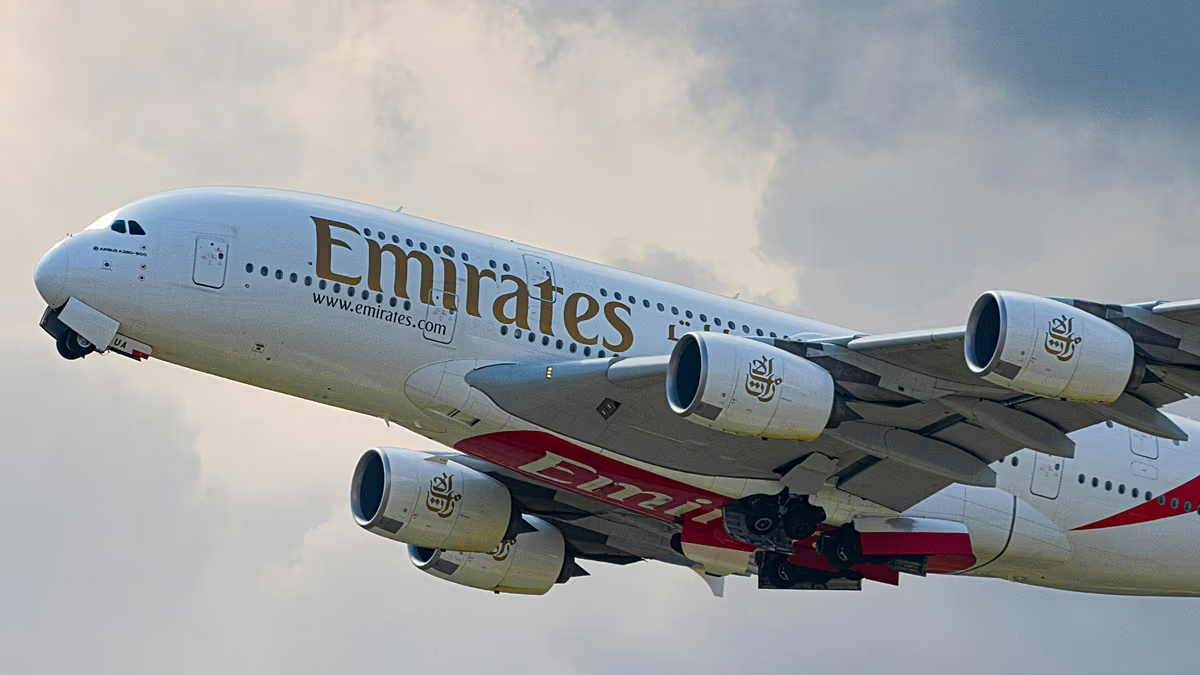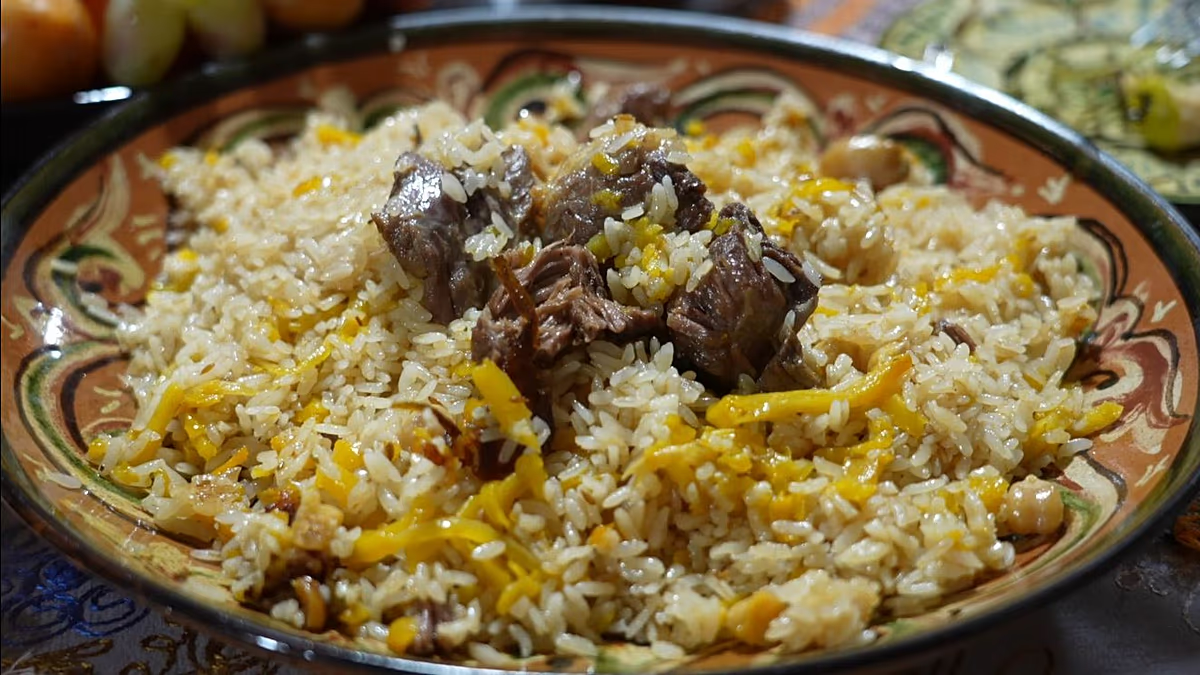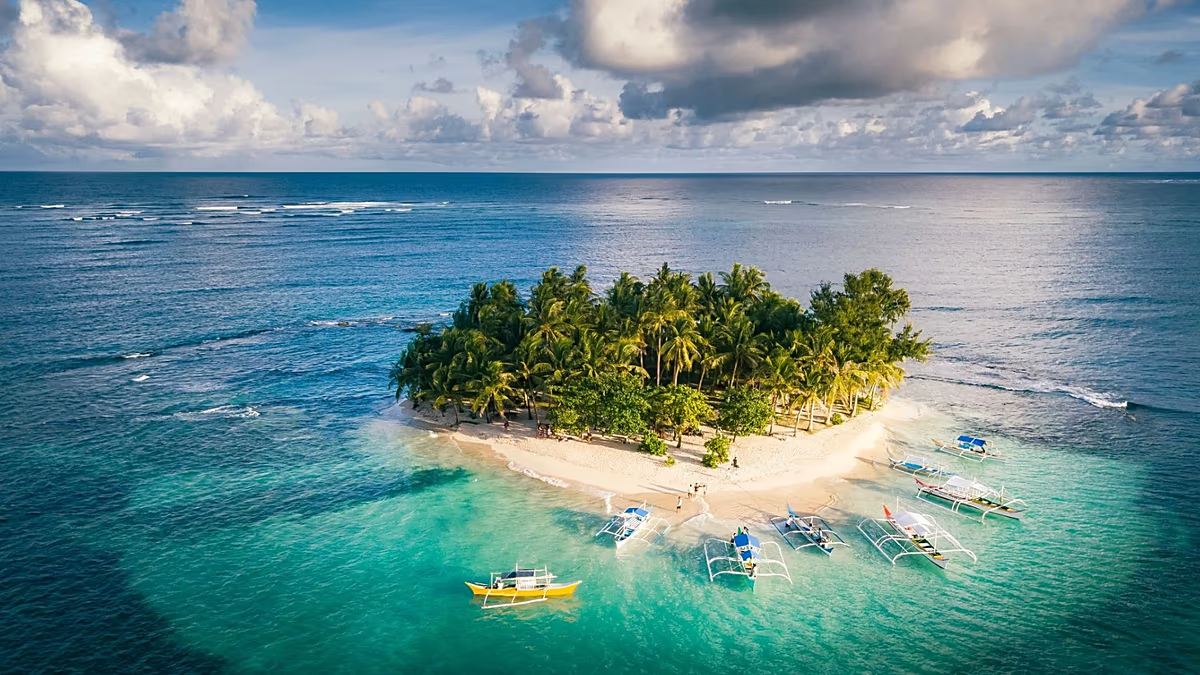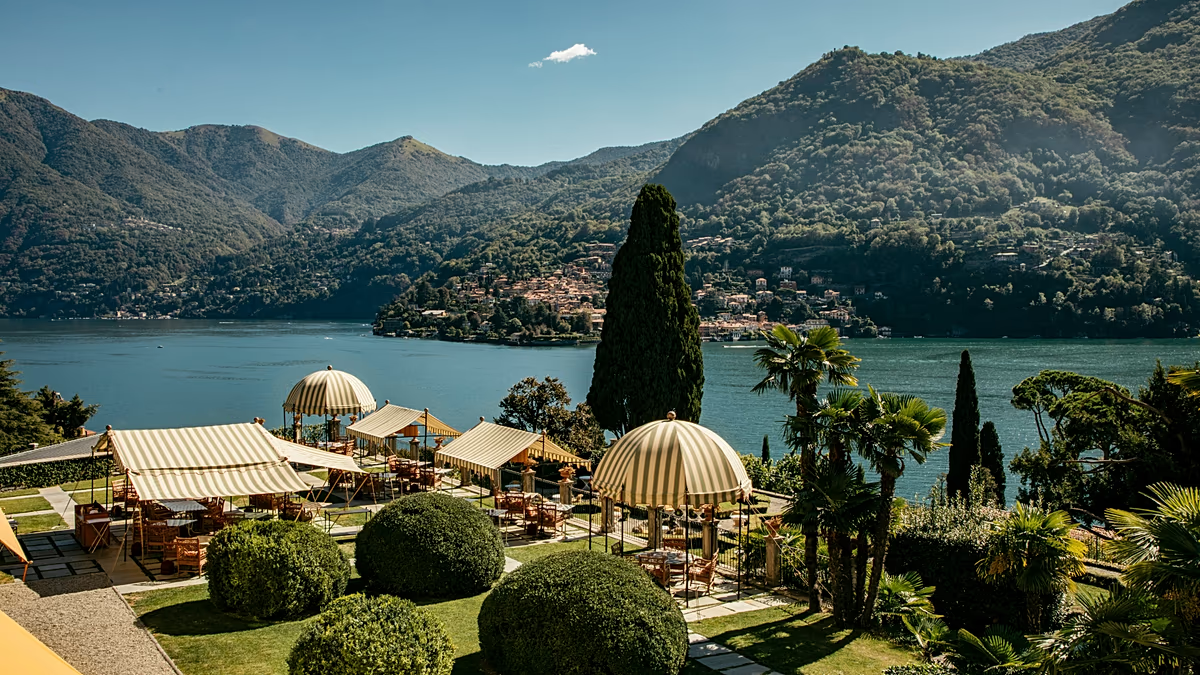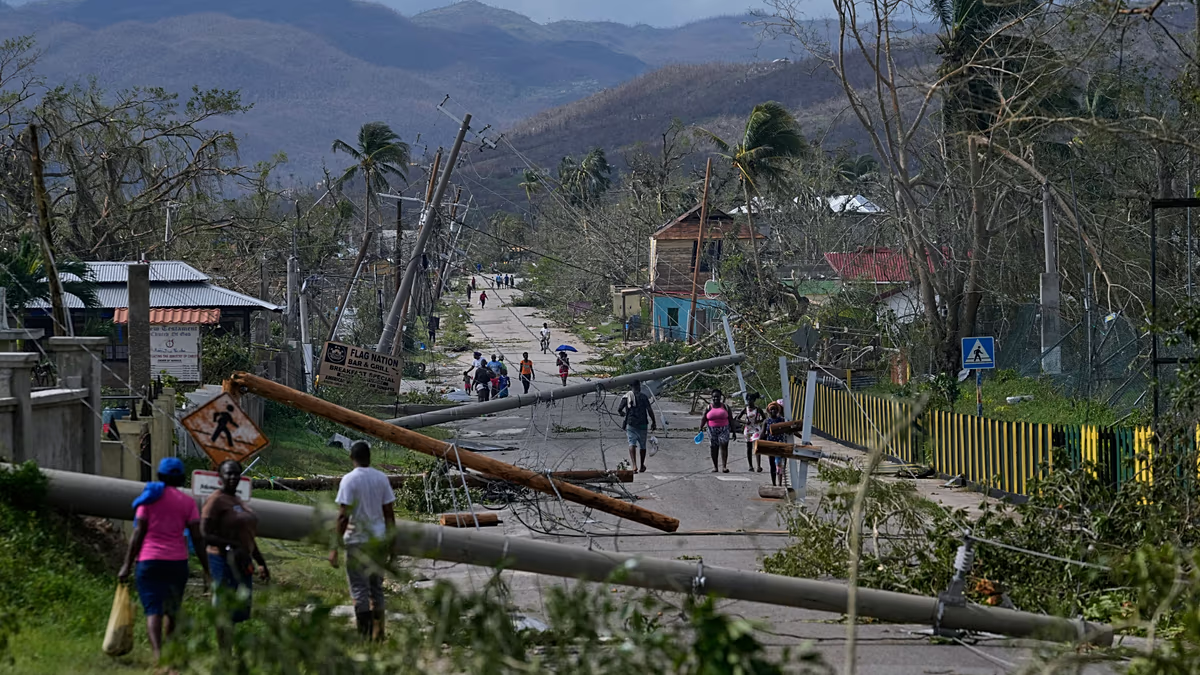Europe’s Hidden Gems: A New Wave of Sustainable Travel Destinations
In an era where Instagram-famous landmarks are bursting at the seams with tourists, a refreshing trend is emerging across Europe. As overtourism continues to strain popular destinations, savvy travelers are increasingly seeking authentic experiences away from the crowds. According to the European Travel Commission, more than half of all travelers now actively look for niche destinations, with avoiding crowds becoming a top priority. This shift isn’t just changing where people go—it’s transforming how they travel, with a growing emphasis on sustainability, cultural immersion, and supporting local communities. While Barcelona implements tourist taxes and Venice restricts cruise ships, a new generation of destinations is quietly preparing to welcome visitors in more balanced, thoughtful ways. Travel company Intrepid, collaborating with Globetrender, has identified several of these emerging spots in their “Not Hot List 2026,” highlighting places that offer incredible experiences without the overwhelming crowds. As Intrepid’s Experiences General Manager Erica Kritikides points out, “Eighty percent of travelers visit just ten percent of the world’s tourism destinations.” The goal now is to change that pattern by directing attention to places ready to benefit from tourism while maintaining their authentic character.
Vis Island in Croatia exemplifies this new approach to European travel. Once a closed Yugoslav military base that only opened to visitors in 1989, Vis has developed at a different pace than overtourism hotspots like Dubrovnik. What some might see as inconvenient—no cruise ship terminals or airports—has actually preserved the island’s charm and created a haven for slow travel. “While some see Vis’ remoteness as a drawback, it’s exactly what makes it so special,” explains Duje Dropuljic from Intrepid Travel. Looking ahead to 2026, the island is enhancing its offerings with new cycling and walking trails while maintaining its peaceful atmosphere. Visitors can dive among shipwrecks, snorkel in crystal waters, or explore natural wonders like the Blue Cave and Stiniva Cove. The island’s culinary scene is equally captivating, featuring traditional dishes like peka (slow-cooked meat or fish) and Komiška pogača (savory pies), paired with wines made from native grapes such as the aromatic white Vugava and the robust red Plavac Mali. What makes Vis truly special isn’t fancy resorts or nightlife, but rather its preservation of a Mediterranean way of life that has disappeared from more developed destinations.
Turkey’s southeastern city of Gaziantep presents another compelling alternative to overtourism hotspots. While millions flock to Istanbul, Cappadocia, and coastal resorts, this ancient city in Anatolia offers a wealth of cultural experiences with a fraction of the crowds. Recent investments in heritage preservation and new travel routes from major European hubs are making Gaziantep more accessible without sacrificing its authenticity. As a UNESCO Creative City of Gastronomy, the city dazzles food enthusiasts with its vibrant spice markets and what many consider the world’s best baklava. Cultural attractions abound, from the Zeugma Mosaic Museum housing the hauntingly beautiful “Gypsy Girl” mosaic to the historic Gaziantep Castle offering panoramic city views. Archaeological wonders like the ruins of Belkis-Zeugma and Rumkale, a dramatic castle perched above the Euphrates River, provide windows into the region’s rich history. As Pelin Bengu, Intrepid’s Turkey general manager, observes, “Now is the perfect time for travelers to discover this remarkable part of the world and enjoy an authentic experience that busier destinations increasingly struggle to offer.” Gaziantep exemplifies how tourism can focus on cultural preservation and authentic experiences rather than simply ticking off famous landmarks.
Romania’s ambitious Via Transilvanica is reimagining how travelers experience Eastern Europe. This 1,400-kilometer trail, often called the “Camino of the East,” winds through some of Europe’s most dramatic yet underappreciated landscapes. Unlike the crowded paths of Western Europe, this route offers solitude among ancient forests, traditional villages, and no fewer than 12 UNESCO World Heritage Sites. Hikers encounter medieval Saxon towns, mysterious Dacian ruins, imposing castles, and intricately painted monasteries while traversing the wild Carpathian Mountains. The experience extends beyond sightseeing to deep cultural immersion, with overnight stays in traditional villages and farm-to-table meals accompanied by local spirits like pălincă (plum brandy). The trail itself is an art exhibition, with uniquely carved milestone markers at every kilometer celebrating local culture and history. The project continues to grow, with 170 kilometers of new paths opening next year as part of a 20-year initiative to expand across Romania. As Anna Székely of the Tășuleasa Social Association explains, “For us, hospitality means creating genuine meeting points between hikers and locals—places where shared meals, old stories, and the rhythm of rural life are as much a part of the journey as the miles walked.” This approach transforms hiking from mere exercise into a meaningful cultural exchange.
The Arctic city of Oulu, Finland represents yet another facet of Europe’s emerging destinations. Situated just below the Arctic Circle, this northern outpost has been named European Capital of Culture for 2026, creating a perfect opportunity to showcase its unique blend of cutting-edge innovation, pristine nature, and rich Indigenous heritage. Throughout its year in the spotlight, Oulu will host events highlighting northern Finland’s distinctive culinary traditions through the Arctic Food Lab initiative, while art installations inspired by the surrounding landscape will offer fresh perspectives on Arctic life. Perhaps most importantly, workshops hosted by the Sámi people will provide direct connections to Europe’s northernmost Indigenous culture. “Oulu’s year as European Capital of Culture in 2026 is a once-in-a-lifetime opportunity to showcase our unique northern lifestyle, creativity, and experiences to the world,” notes Yrjötapio Kivisaari, CEO of Visit Oulu. Beyond the special programming, Oulu offers compelling experiences year-round. Summer visitors can hike through midnight sun-lit forests, bike along scenic routes, swim in refreshing waters, and experience authentic Finnish sauna culture. Winter transforms the landscape entirely, offering frozen-sea adventures, skiing, snowshoeing, and the chance to witness the ethereal Northern Lights dancing across the sky. For those seeking indoor activities, the Northern Ostrobothnia Museum provides insight into the region’s fascinating cultural history.
These emerging destinations represent more than just alternatives to overcrowded tourist traps—they embody a fundamental shift in how we might approach travel in the future. Rather than racing through bucket-list landmarks, travelers are increasingly drawn to immersive experiences that connect them with local cultures, support sustainable practices, and spread tourism benefits to communities that can truly benefit from visitor spending. Whether it’s savoring slow-cooked peka on a Croatian island, wandering ancient spice markets in Turkey, hiking through Carpathian villages in Romania, or chasing the Northern Lights in Finland, these experiences offer something increasingly rare: authenticity. As overtourism forces major destinations to implement restrictions and manage crowds, these “not hot” spots demonstrate that the most rewarding travel experiences often lie beyond the obvious choices. By venturing off the beaten path, travelers not only discover remarkable places but also participate in a more balanced, sustainable form of tourism that preserves what makes these destinations special in the first place. Perhaps the future of European travel isn’t about finding the next Instagram hotspot, but rather about rediscovering the joy of unhurried exploration and genuine cultural connection.





